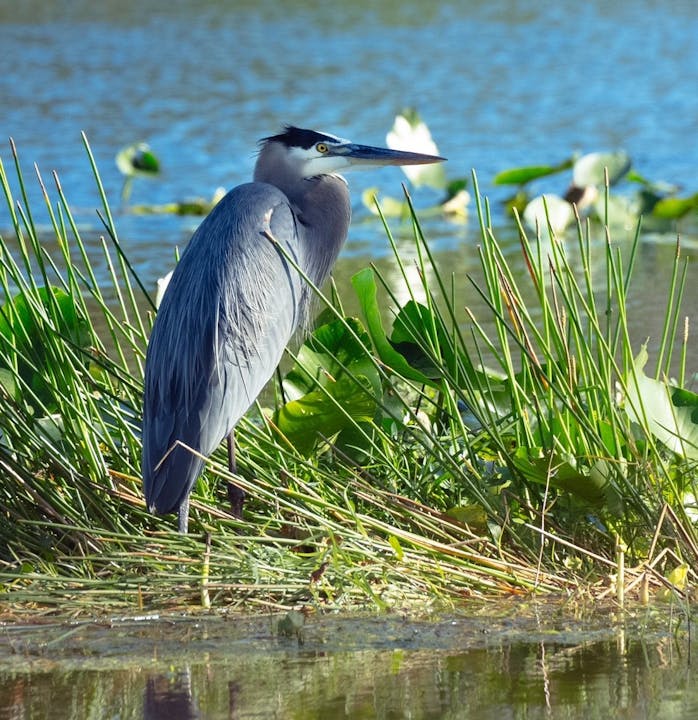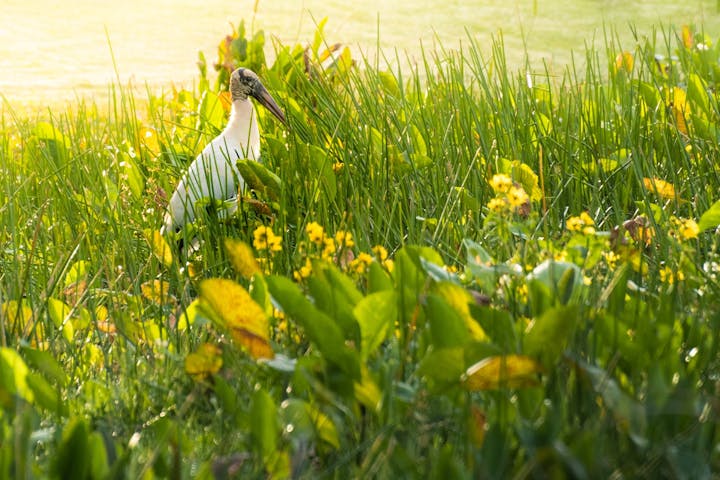Environmental
The Northern Palm Beach County Improvement District has a wide variety of Units of Development within its jurisdiction. Each Unit has its own unique environmental areas including lakes and canals, preserves, dry detention areas, upland preserves, and marshes. Each area has varying needs as to aquatic weed control, exotic plant removal, landscaping and mowing. There are over 1,320 acres of water bodies, 2,000 acres of preserves, 100 acres of dry detention areas and 279 acres of manmade wetlands that require regular maintenance.
Within the preserves are various maintenance responsibilities. There are 13 Units of Development that have preserves ranging in size from 3 acres to 843 acres in size. The makeup of these preserves include pine flatwoods, oak hammocks, freshwater marshes, bottomland hardwood and cypress swamps. The maintenance needs within these preserves range from regulatory permit requirements, to aesthetic judgment to property protection from encroachment.
Removal of exotic plant growth is the number one threat to the native character of the preserves and is one type of permit requirement. Florida is second only to Hawaii in exotic plant encroachment and the number of exotic plant species that are addressed each year grows. In several preserves there are trails that offer opportunities to see Florida in its native condition. For other preserves, access is not encouraged since the areas are quite swampy. Northern maintains over ten miles of fencing to protect these areas.
Some of the most challenging maintenance needs reside within the man made wetland marshes required by permit with various regulatory agencies before development could take place. These manmade wetlands are established in 15 Units of Development, in quantities of 1 acre to 85 acres and are to be maintained in perpetuity. These marshes play a crucial role in maintaining the ecological balance of the area, supporting biodiversity, and contributing to the overall health of the surrounding environment. The extensive surface water bodies are monitored regularly, with manual removal and targeted herbicide application used as primary tools for controlling aquatic invasive plants and algae.




